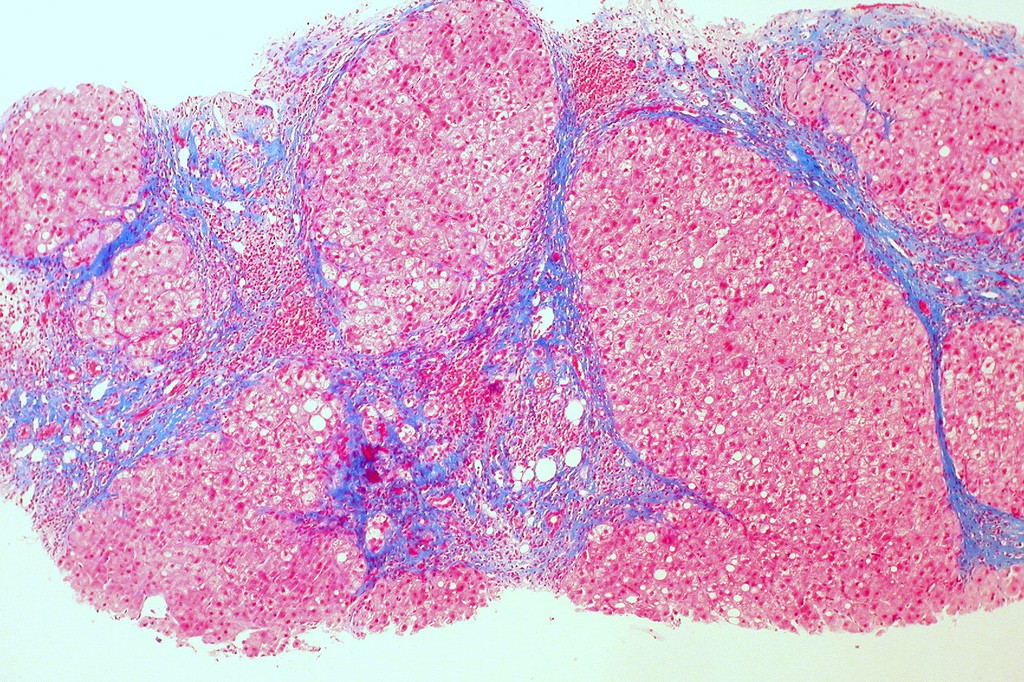Fatty liver disease is the more commonly known name for hepatic steatosis. This condition happens when a build up of fats accumulates in the liver cells and imposes a threat to the normal functioning of the liver. Excess fats in the liver can cause inflammation, scarring, and potentially irreversible damage.
The liver is the second largest organ in the human body (the skin being the first). It is the organ that eliminates waste from the body, transforms food into energy, and releases enzymes into the bloodstream. According to statistics, up to 25% of the population in the US suffers from fatty liver disease.
In this article, we’ll focus on the definition of fatty liver disease, the types, symptoms, and treatment. Read below to learn more about the disease and how it can be treated and prevented.
What is Fatty Liver Disease?
Fatty liver disease is the condition where extra fats happen to build up in the liver. Common causes of the disease are misuse of alcohol, obesity, diabetes, high cholesterol, and high blood pressure. Nevertheless, fatty liver disease can affect people who don’t drink alcohol as well; this is known as a non-alcoholic fatty liver disease – NAFLD.
What Are The Symptoms?
Usually, in the early stages of liver disease, there are no signs or symptoms. As the disease progresses, people might experience tiredness, fatigue, swollen abdomen, red palms, jaundice, and enlarged blood vessels under the skin in the form of a spider web.
There are several diagnostic methods for determining the stage of fatty liver disease. First of all, there are blood tests that examine the levels of enzymes like aspartate aminotransferase (AST) and alanine aminotransferase (ALT) to check whether there’s an issue with the liver’s normal functioning.
Then, there are imaging tests like an MRI, CT scan, ultrasound, or the latest and more advanced test, fibroscan. You can learn more about the imaging tool at the site of Fibronostics, https://www.fibronostics.com as they are the team of professionals that use neural network-based AI tools to diagnose liver conditions.
A liver biopsy is performed when the doctor suspects malignancy or needs to confirm the presence of NAFLD.

Types of Fatty Liver Disease
There are two types of fatty liver disease, alcoholic and non-alcoholic. As the names imply, one is caused by alcohol, while the other one has a variety of causes and risk factors.
NAFLD – Non-alcoholic Fatty Liver Disease is a condition when there is fat in the liver cells, but there might not be inflammation or damage to the liver cells. The good thing with NAFLD is that it usually doesn’t progress. NASH – Non-alcoholic Steatohepatitis on the other hand is a more serious condition that can lead to cirrhosis and fibrosis of the liver.
ALD – Alcohol-Related Fatty Liver Disease is a condition caused by an excess amount of alcohol. However, this disease is reversible, which means, the liver will get better and restore some extent of its previous health when the person stops drinking alcohol. Nevertheless, if the person continues drinking, more serious issues might arise such as alcoholic hepatitis, enlarged liver, and alcoholic cirrhosis.
Risk Factors
Risk factors and causes of fatty liver disease include:
- Obesity
- Poor diet
- Inherited genes from relatives and family
- If you are an African-American male
- Age
- Type 2 diabetes
- PCOS – polycystic ovary syndrome
- If you suffer from sleep apnea
- Hypothyroidism – underactive thyroid gland
- Hypopituitarism – underactive pituitary gland
- If you suffer from a metabolic syndrome which is a mix of conditions like heart disease and type 2 diabetes
- Hepatitis C infection
- Rapid weight loss

How To Treat Fatty Liver Disease?
At the moment, there’s no specific medication to treat fatty liver disease. Instead, healthcare professionals focus on controlling the factors that lead to fatty liver disease and contribute to developing the condition.
A drastic lifestyle modification is recommended, which means, you need to avoid alcohol, maintain a healthy weight, follow a balanced diet, and control conditions like cholesterol or triglycerides.
Some people turn to alternative medicine and take vitamin E, incorporate fruits like grapes, beetroot juice, herbs, and supplements like turmeric, resveratrol, green tea, and milk thistle. It’s recommended that you avoid foods with added sugars like sports and energy drinks, soft drinks, ice cream, candy, baked goods, and sweetened dairy products.
It is also recommended to exercise more and be active to help regulate and reduce body weight. This can be from either following a fitness program, or simply by increasing your step-count per day.
Outlook
Most people with fatty liver disease take steps toward losing weight and exercise regularly to maintain healthy functioning. Be careful and consider all of your options before following a strict diet or taking supplements.
